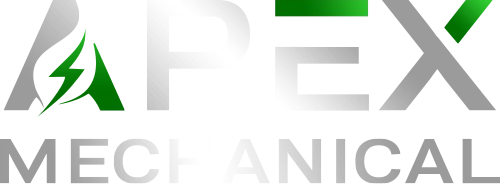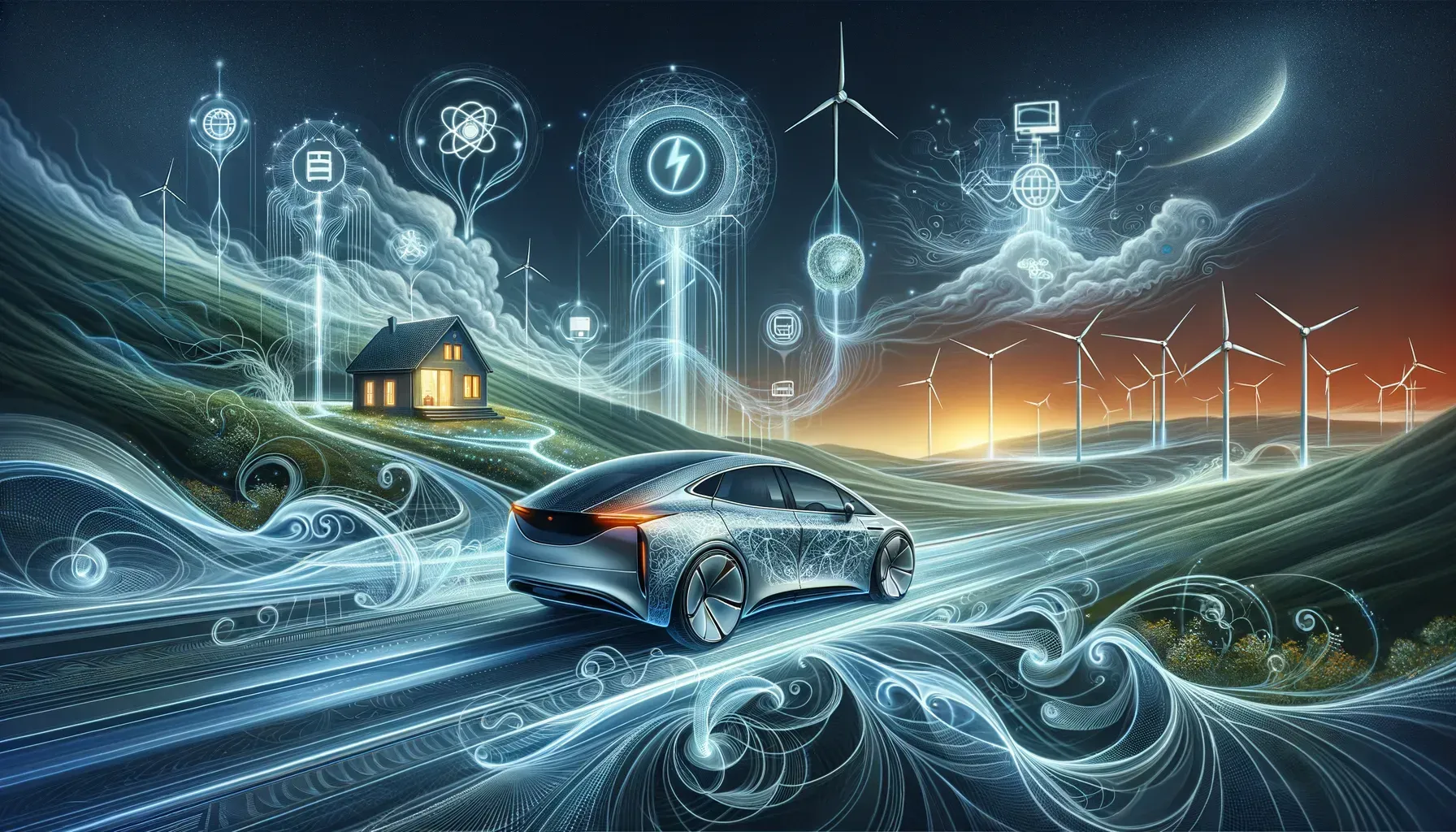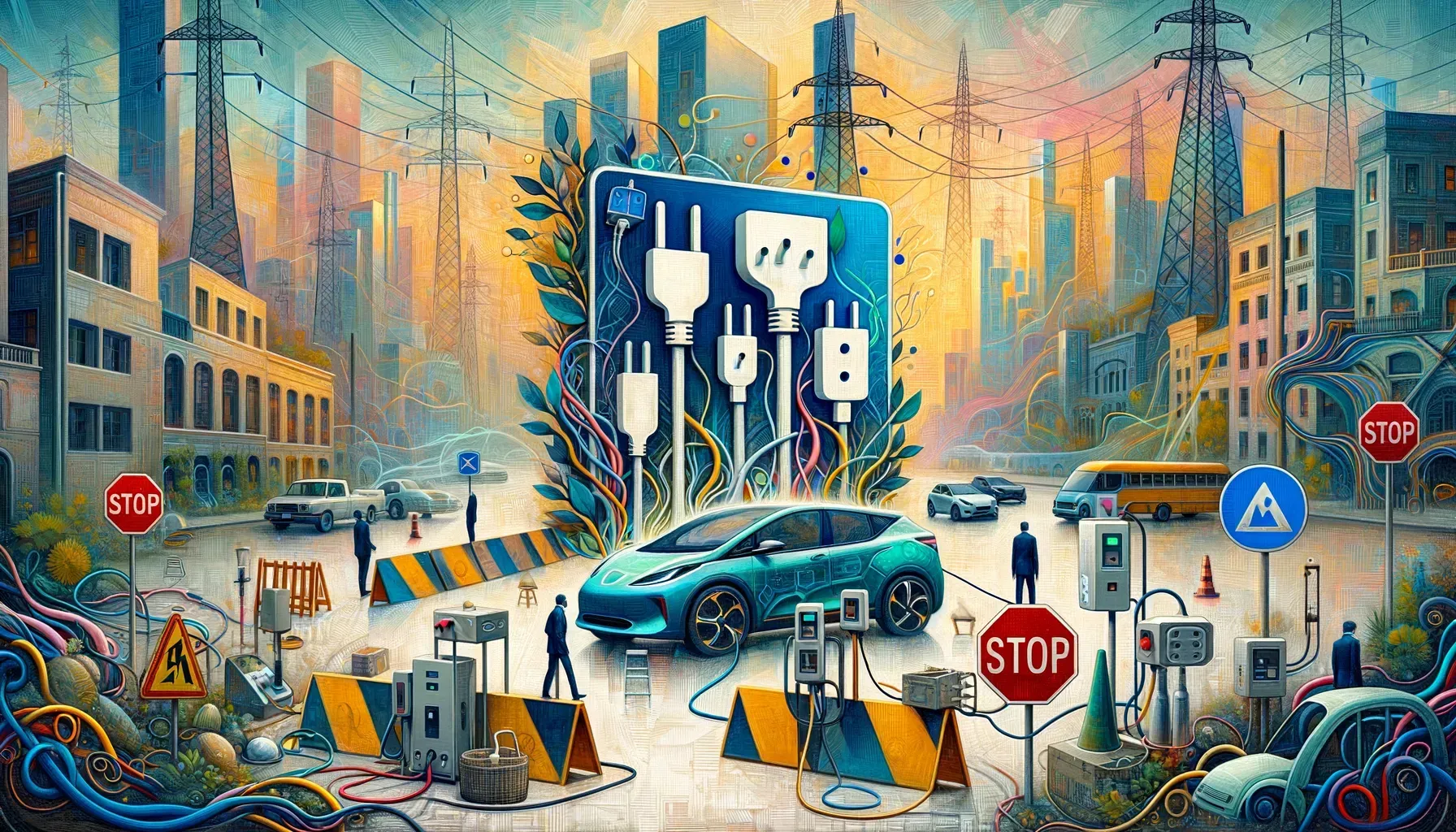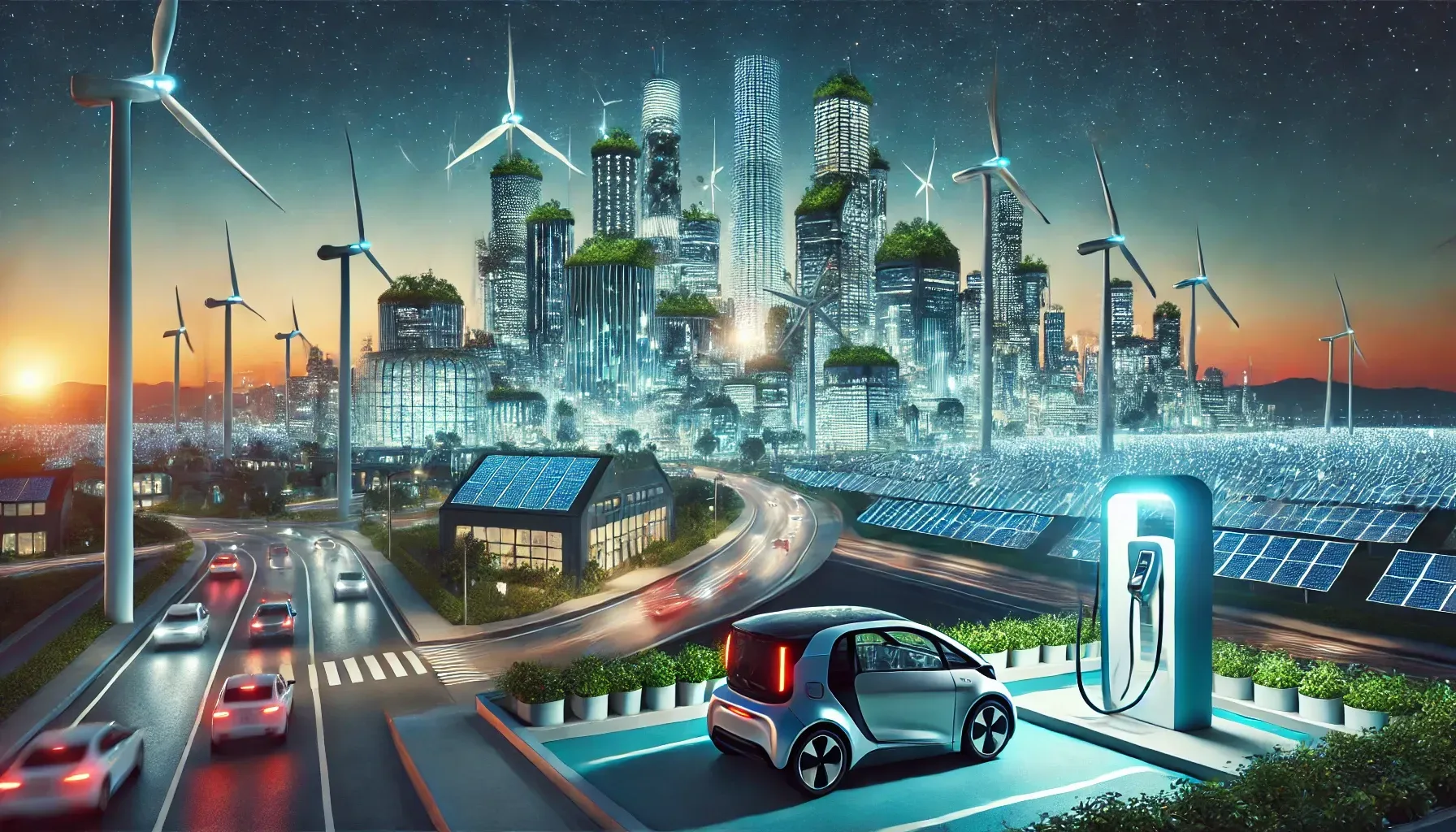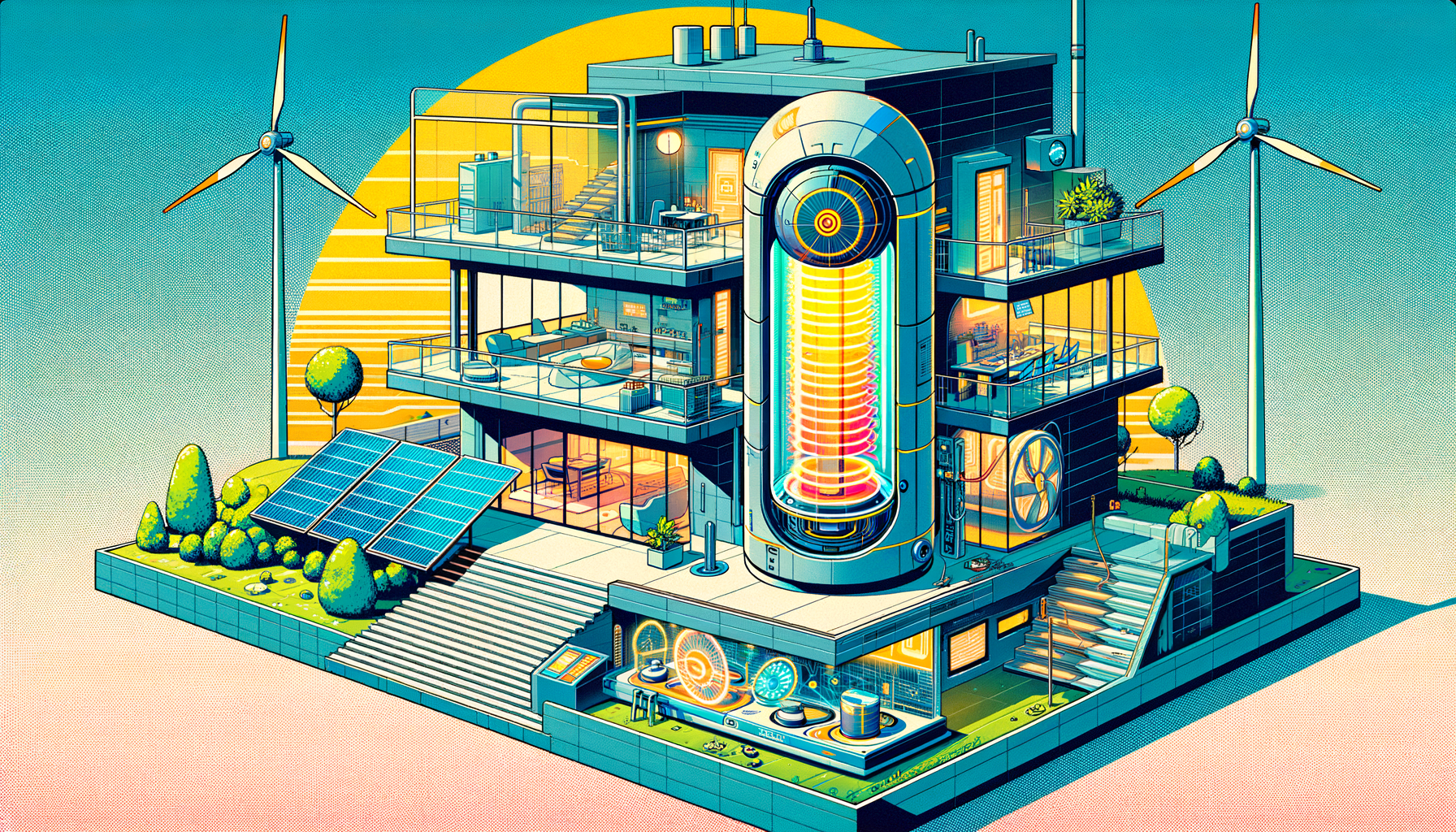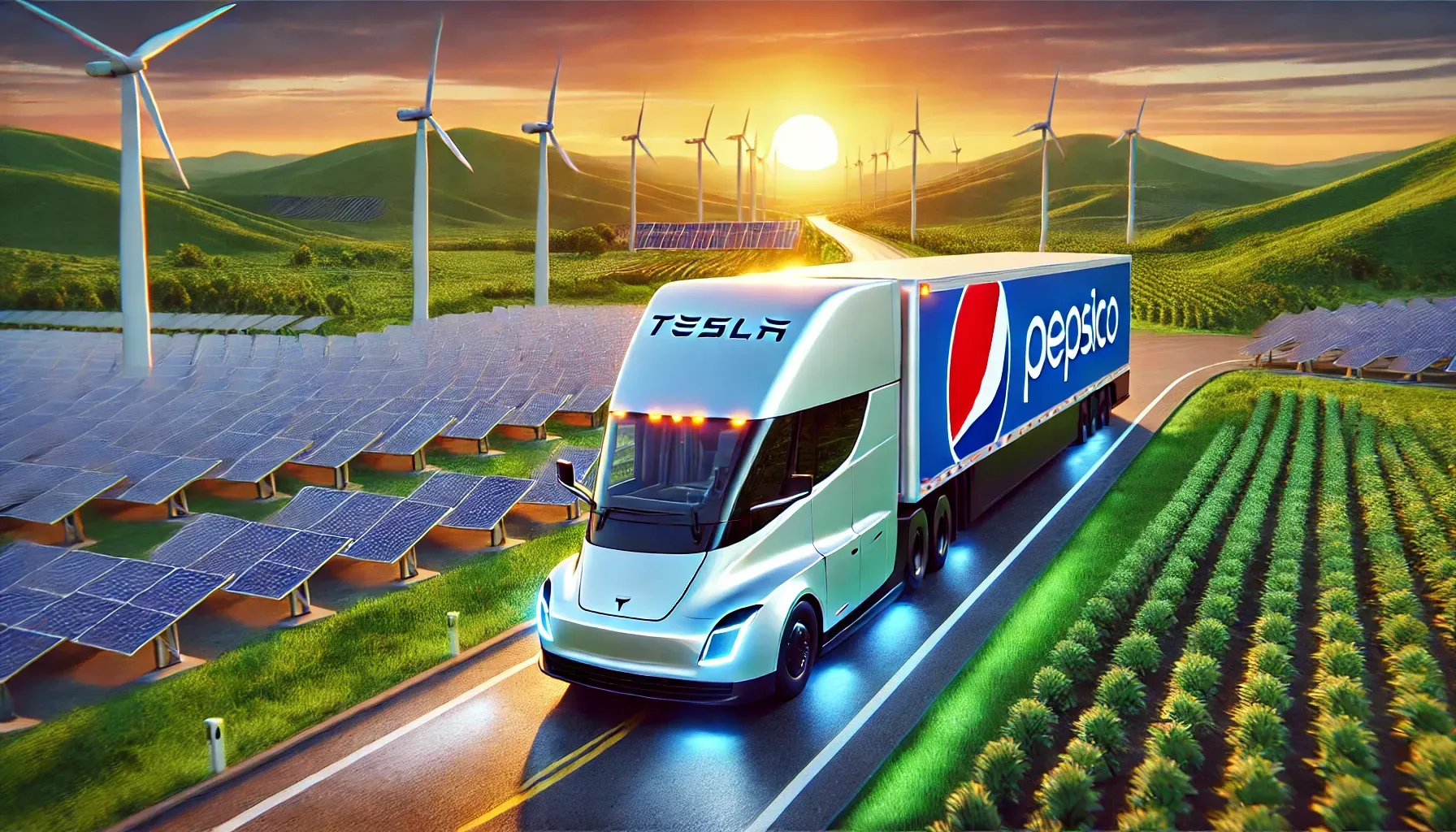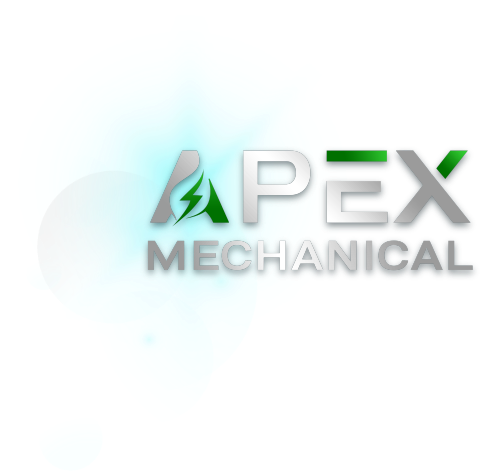Navigating the Aftermath of NLX Way's Exit: Insights and Solutions

When a major player like NLX Way abruptly closes its North American operations, it sends shockwaves through the electric vehicle (EV) community. Just last week, I found myself bombarded with emails from anxious customers fearing for their EV charging infrastructure. As I sifted through their questions, a clear picture emerged: uncertainty, frustration, and a desperate need for clarity in a rapidly evolving industry.
The Shockwaves of NLX Way's Exit
The recent announcement by NLX Way about its exit from the North American market has sent shockwaves through the electric vehicle (EV) community. This sudden email, sent to customers last week, stirred panic among many. Stakeholders were not prepared for such news—what would happen to their EV charging equipment?
Panic Among Customers
- Immediate concerns: Customers found themselves questioning the future of their charging stations. Would their equipment be rendered useless?
- Mixed Impact: This closure affects both residential users, relying on home chargers, and commercial operators, who have invested in larger-scale installations.
- Industry Reaction: Industry leaders were quick to respond. They recognized the significant gap this exit created.
As one industry leader noted,
'I woke up to my inbox filled with angry emails from customers wondering what they should do next.'This sentiment resonates with many who feel lost in the aftermath.
The Fateful Email
The email announcement from NLX Way left many customers bewildered. Notifications sent out late last week didn’t provide enough clarity. Customers expressed valid fears: might their charging equipment become obsolete? The chaos didn't just end at the email; it sparked a wider discussion about the sustainability of their investments.
Industry Leaders Scramble
Leading figures in the EV charging industry are now scrambling to provide solutions. Leaders like Zach Lefave from Charge Lab discussed their efforts to help customers migrate to new systems. But, there are considerable challenges.
- Some NLX chargers aren't OCPP compliant, complicating migration processes.
- Residential units are more challenging to reconfigure than commercial ones.
Interoperability issues add another layer of complexity. How can these customers transition to a new normal while relying on different technological frameworks? Industry experts urge customers to reach out for solutions tailored to their needs.
A Ripple Effect
This closure could have ripples affecting future EV adoption. If customers remain uncertain about their charging options, they might hesitate to invest in EV technology altogether. Navigating this crisis is crucial, as restoring consumer trust is vital for the industry's growth.
In a time where sustainability and innovation are key, it’s essential for NLX Way to consider the implications of their exit. The industry looks toward collaboration as a means to foster confidence and support their customers in a rapidly evolving market.
Voices from the Industry: What Experts Say
The electric vehicle (EV) charging landscape is evolving rapidly, especially in light of recent events. The unexpected closure of NLX Way’s North American operations has left many stakeholders in a state of uncertainty. To clarify the situation, several industry experts gathered to share their insights and potential solutions.
Insights from Zach Lefave, CEO of Charge Lab
Zach Lefave has made it clear that the responsibilities of companies in this space extend beyond just hardware. “We are working diligently to get NLX Way customers back up and running,” Zach stated emphatically. Charge Lab focuses on software solutions to manage EV chargers. This situates them as key players in addressing the current crisis. However, he noted many of NLX’s chargers were not truly compliant with the Open Charge Point Protocol (OCPP). This complicates moving to different systems.
Michael Bonin from Epic Charging Offers Perspective
Next, Michael Bonin shed light on practical efforts underway. His collaboration with NLX was aimed at smooth migration and interoperability. However, the scale of this problem is daunting. With around 100,000 NLX Way chargers across North America potentially affected, individual site visits for every charger just isn’t feasible. Instead, his focus lies on larger utility and aggregator partnerships. Are we ready to think bigger in finding collective solutions?
Gleb Nikitin on Interoperability and Customer Support
- Gleb Nikitin emphasized the necessity of open interconnectivity. Customers shouldn’t be tethered to proprietary software.
- His vision for the industry revolves around enhancing consumer confidence through interoperability, which is vital for future growth.
He mentioned that United Chargers' Grizzly charging stations are built for easy integration with different platforms, which can be pivotal for customers navigating this mess.
Potential Paths Toward Solutions
Amidst concerns, there is a mutual recognition of the need for open standards in EV charging. The panel discussed potential solutions and who might take over the functionality of NLX Way chargers. Collaboration became a recurring theme. Companies must unite to assist impacted users, rather than approaching this problem in silos.
As the electric vehicle charging ecosystem continues to mature, effective communication and sustained efforts from these industry leaders are essential. A structured approach, emphasizing support, can lead to resolutions for customers in need.
The Challenge of Compatibility and Standards
Understanding OCPP and Why It Matters
OCPP, or Open Charge Point Protocol, is a crucial standard in the electric vehicle (EV) charging landscape. Why does it matter? Simply put, it allows any EV charger to communicate with any backend system, promoting compatibility across various manufacturers. This interoperability is vital for a seamless user experience. Imagine buying an EV only to find out your charger won't work with your preferred network. It’s frustrating, right?
Problems with NLX Way's Equipment Compatibility
The recent news about NLX Way’s exit from the North American market has raised significant concerns. Customers are left in limbo. NLX Way marketed many of its chargers as OCPP compliant, but not all were. This has created a huge compatibility issue. Those who invested in NLX chargers now face uncertainty. Some chargers may become unusable, leaving users bewildered.
Comparison of Open vs. Proprietary Systems
- Open systems: Facilitate communication across multiple platforms.
- Proprietary systems: Often lock customers into a specific vendor’s offerings.
As Gleb Nikitin aptly stated,
'In a rapidly evolving industry, closed standards leave customers vulnerable.'The shift to open systems is not just a trend; it's a necessity. Consumers should not be at the mercy of a single manufacturer. An open system can adapt, grow, and serve customers better.
The Need for a Collective Industry Push for Open Standards
The situation with NLX Way highlights the pressing need for a collective industry push towards open standards. Experts agree that without this move, the industry will struggle with similar issues in the future. Closed standards hamper innovation and limit choices for consumers and businesses alike. The call for a unified front is loud and clear.
To bring it all together: the landscape of EV charging is ever-evolving. It’s imperative to embrace open protocols like OCPP. This will not only enhance consumer confidence but also ensure a robust, interconnected charging infrastructure. The future should welcome diverse solutions while discouraging proprietary locks that lead to vulnerabilities. It’s time to advocate for change in the industry—before it’s too late.
Next Steps for Customers and Industry Stakeholders
The recent news from NLX Way has created a ripple of concerns in the EV community. As this company plans to shut down its North American operations, customers are grappling with several uncertainties. What should they do next?
1. Ensuring Chargers Remain Operational
First and foremost, users must take steps to keep their chargers functioning. This is crucial for both residential and commercial setups. Here are a few tips:
- Check compatibility with systems proposed by other providers.
- Make necessary adjustments to hardware, if applicable.
- Consult with experts about best practices for ongoing operations.
2. Reaching Out for Help
Users should not hesitate to contact industry players for assistance. Support is readily available from various companies in the sector, including Charge Lab and Epic Charging. They have shown a commitment to helping customers navigate these transitions.
“
We can and will migrate compatible systems, but customers will need to act now.” - Michael Bonin. This highlights the urgency for customers to seek help promptly.
3. Potential Migration Pathways
Current customers of NLX Way can explore several potential migration pathways. While switching systems can seem daunting, many companies are investing in solutions to make this as smooth as possible. It's helpful to:
- Research available services that specialize in transitioning charging systems.
- Participate in community discussions to gather insights on other users' experiences.
- Evaluate the financial implications of switching to a new provider.
4. Keeping Tabs on Updates from NLX Way
Staying informed is key. Customers should actively monitor news and updates related to NLX Way’s exit strategy. This includes:
- Following NLX Way’s official announcements.
- Engaging in forums or groups focused on EV charging issues.
- Setting alerts for news coverage regarding transitions in the industry.
| Action Items | Description |
|---|---|
| Ensure Compatibility | Assess chargers to verify if they can work with new systems. |
| Contact Industry Players | Reach out for guidance and assistance from specialists. |
| Explore Migration Services | Find companies offering services to help transition out of NLX Way. |
| Monitor Updates | Keep an eye on NLX Way's communications for any changes. |
Increased collaboration between utility companies and aggregators could also pave the way for smoother transitions. Solutions proposed by Charge Lab and Epic Charging show the potential when industry players come together. After all, the EV charging industry is still in its early days. Consumer confidence hinges on robust support made available by these organizations.
Conclusion: A Collaborative Path Forward
The electric vehicle (EV) industry is currently facing significant challenges. The recent closure of NLX Way’s North American operations has left many stakeholders uneasy. These abrupt decisions remind us of a crucial reality: the sustainability of the EV market relies on consumer trust. If consumers feel uncertain about their investments in EV charging infrastructure, they might hesitate to embrace this transformative technology. This hesitation could stall the much-needed growth within the sector.
Reflecting on the Present Challenges
As highlighted by the panelists, the exit of NLX Way posed logistical difficulties for numerous businesses and consumers. Many companies are grappling with the repercussions of this closure, as they struggle to manage their existing charging stations. It raises a question: how can the industry ensure that such situations don't arise in the future?
Emphasizing the Need for Consumer Confidence
This moment serves as a pressing reminder of the need for consumer confidence. If people believe in the reliability of EV charging solutions, they are more likely to invest. Today, it's essential to address customers' concerns, as well as working towards solutions that restore their trust.
The Growth Potential of the EV Market
Even amid disruptions, there is potential for the EV market to grow. Significant advancements in technology and increased collaboration among industry leaders can spark innovation. Gleb Nikitin summed up the sentiment well:
'This is a pivotal moment for our industry, and I'm optimistic for what lies ahead.'
Importance of Collaboration
Collaboration is vital in navigating the complexities of the EV landscape. By bridging gaps between manufacturers and consumers, the industry can foster collective strength. It is clear that interconnectivity and open standards are the keys to sustaining this growth. Stakeholders, such as Charge Lab and Epic Charging, are already paving the way for such cooperation, demonstrating that cooperation can lead to meaningful change.
In conclusion, the EV community must prioritize collaboration. By focusing on open standards, they can rebuild user trust and ensure a brighter future for all stakeholders involved. Together, they can develop more robust systems that benefit both manufacturers and consumers, ensuring the growth of the EV market, which is still in its dawn. Let’s mark this moment as a catalyst for positive change—a collaborative path forward for the electric vehicle industry.
TL;DR: This post discusses the fallout from NLX Way's exit from the North American market, highlighting concerns from customers and the industry, as well as solutions proposed by Charge Lab and Epic Charging.
